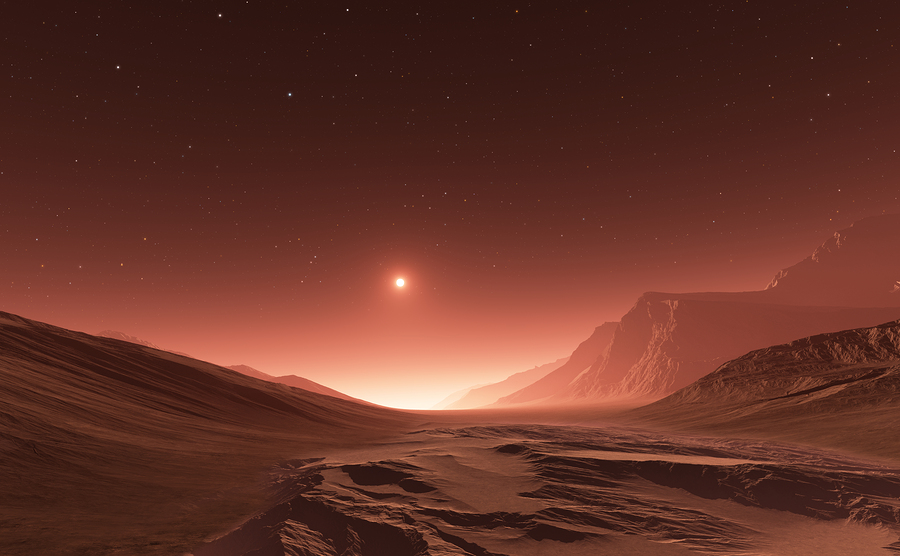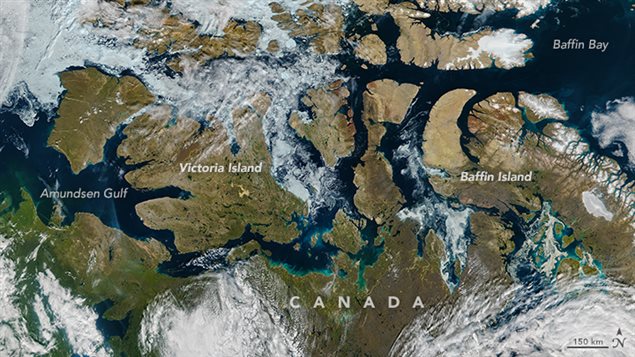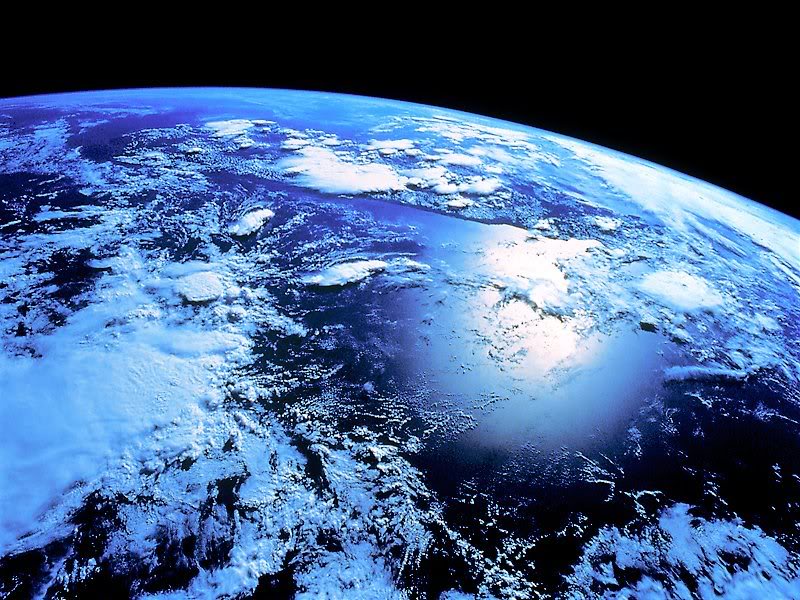In the continued search for water on Mars, a recent NASA spacecraft sent to investigate the seasonal dark streaks phenomenon came up dry. NASA’s Mars Odyssey studied ground temperature using infrared imaging via its Thermal Emission Imaging System (THEMIS). Last year, researchers identified hydrated salt within the flows, which signals the conceivable presence of water after the initial discovery of them in 2011.
But recorded surface temperatures indicate the improbability of holding much water—in fact, the streaks are as barren as the Earth’s driest deserts. “We used a very sensitive technique to quantify the amount of water associated with these features,” said Christopher Edwards of Northern Arizona University, Flagstaff. “The results are consistent with no moisture at all and set an upper limit at three percent water.”
The “features” referred to are recurring slope lineae (RSL) and have been found at many spots on Mars. The streaks darken as they finger downhill during spring or summer and then fade away through fall and winter, a process repeated annually. But the cause for their appearance is still a mystery.
“Some type of water-related activity at the uphill end still might be a factor in triggering RSL, but the darkness of the ground is not associated with large amounts of water, either liquid or frozen,” Edwards observed. “Totally dry mechanisms for explaining RSL should not be ruled out.”
Edwards and Sylvain Piqueux of NASA’s Jet Propulsion Laboratory in Pasadena, California, studied several years worth of THEMIS infrared data captured within a crater-wall region in the titanic Valles Marineris canyon system. They found many RSL features fitted close together and compared nighttime temperatures of ground patches to nearby slopes; the cross-section of patches revealed about 44 percent of RSL features juxtaposed to nearby slopes with no RSL readings. In other words, there was no detectable difference even throughout seasons of RSL activity.
The hydrated salts discovered last year have higher concentrations in RSL sites and even more during streaks active seasons. Water molecules, buried deep in the hydrated salts, affect the crystalline composition of the salt.
“Our findings are consistent with the presence of hydrated salts, because you can have hydrated salt without having enough for the water to start filling pore spaces between particles,” and, “Salts can become hydrated by pulling water vapor from the atmosphere, with no need for an underground source of the water,” Edwards said.
“Through additional data and studies, we are learning more about these puzzling seasonal features—narrowing the range of possible explanations,” added Michael Meyer. “It just shows us that we still have much to learn about Mars and its potential as a habitat for life.”
Source: Phys.org










